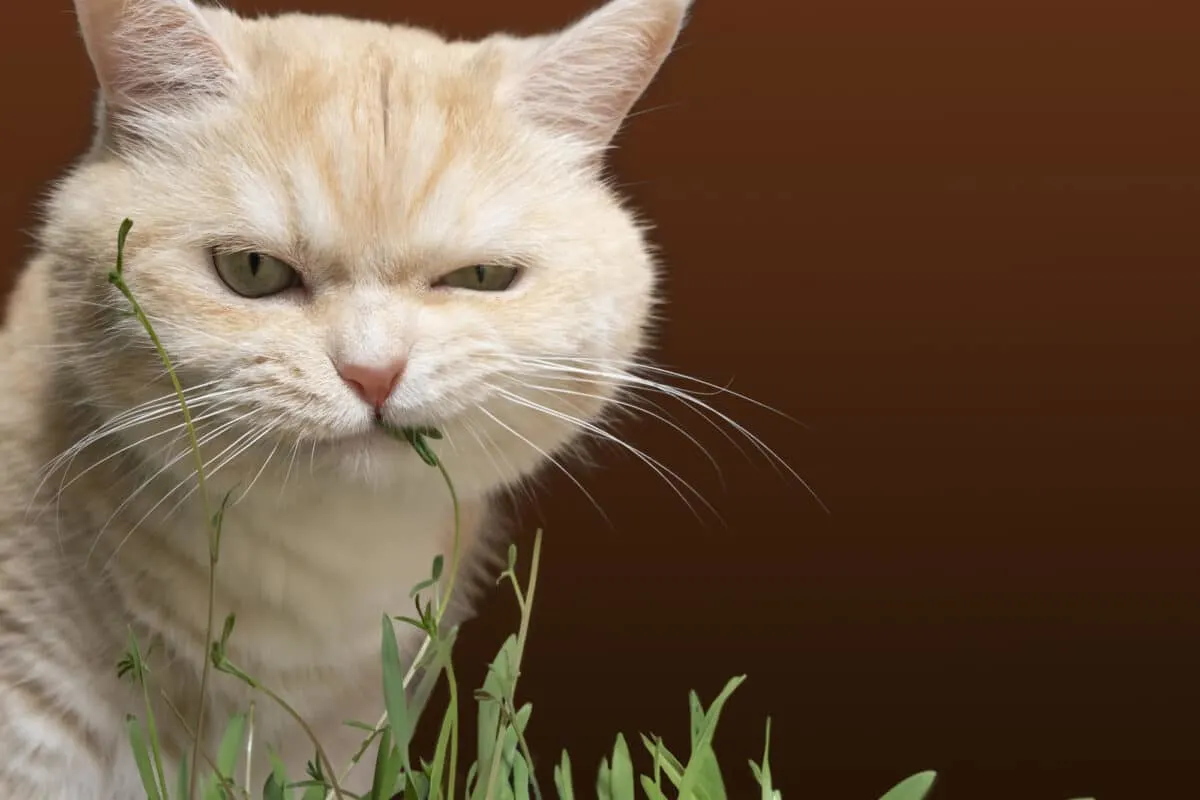Many animals around the world show tendencies to enjoy “drugs” and their effects.
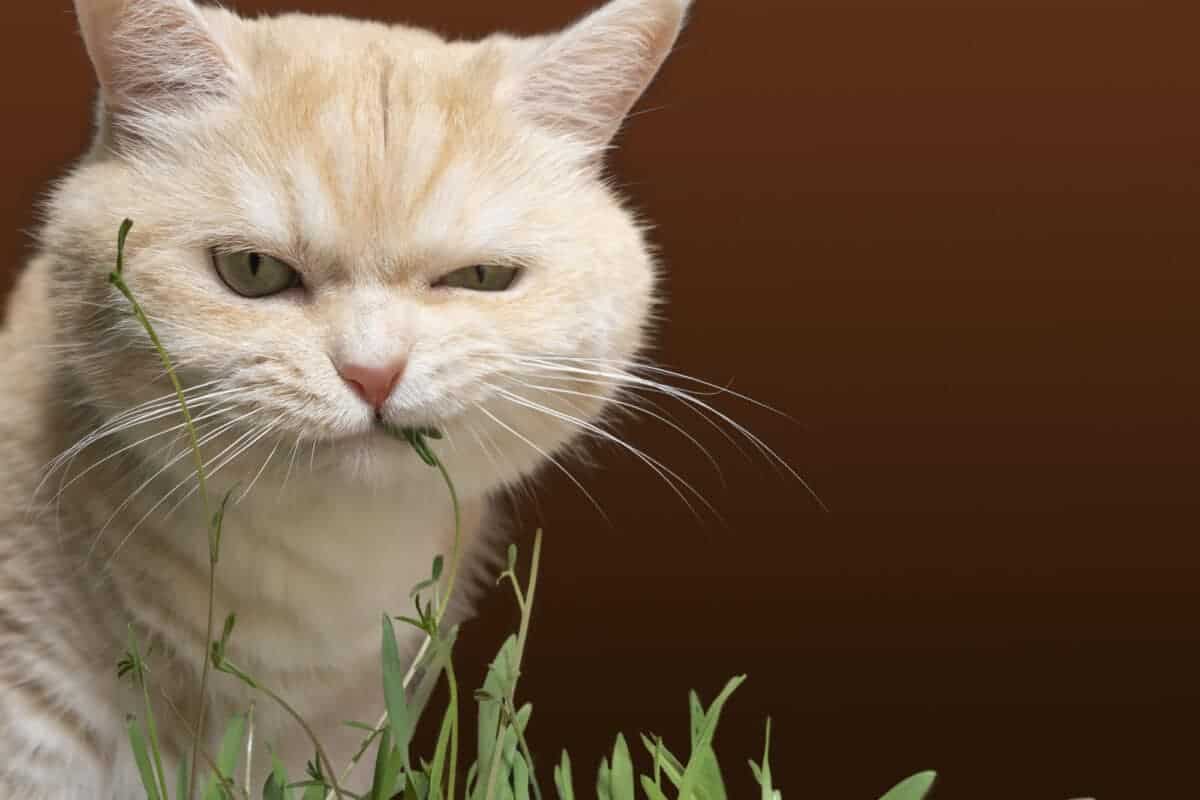
Welcome to a wild party you’ve probably never heard of – one where the guests are furry, feathered, or finned, and the substances of choice are as diverse as the attendees. In this intriguing article we’re shedding light on the lesser-known, somewhat tipsy side of the animal kingdom.
Just like humans, animals seem to seek altered states of consciousness, and they’ve found some pretty creative ways to achieve them.
From the lichen-loving Bighorn Sheep in the North American mountains to the Jaguars in South America partaking in the ayahuasca vine, these (party)animals that enjoy drugs are living proof that humans aren’t the only creatures that like to let loose every now and then.
Remember, no animals were harmed in the making of this article, and we’re not endorsing any illegal activities. We’re just here to share some fascinating facts about our fellow earthlings.
#1 Cats and Catnip
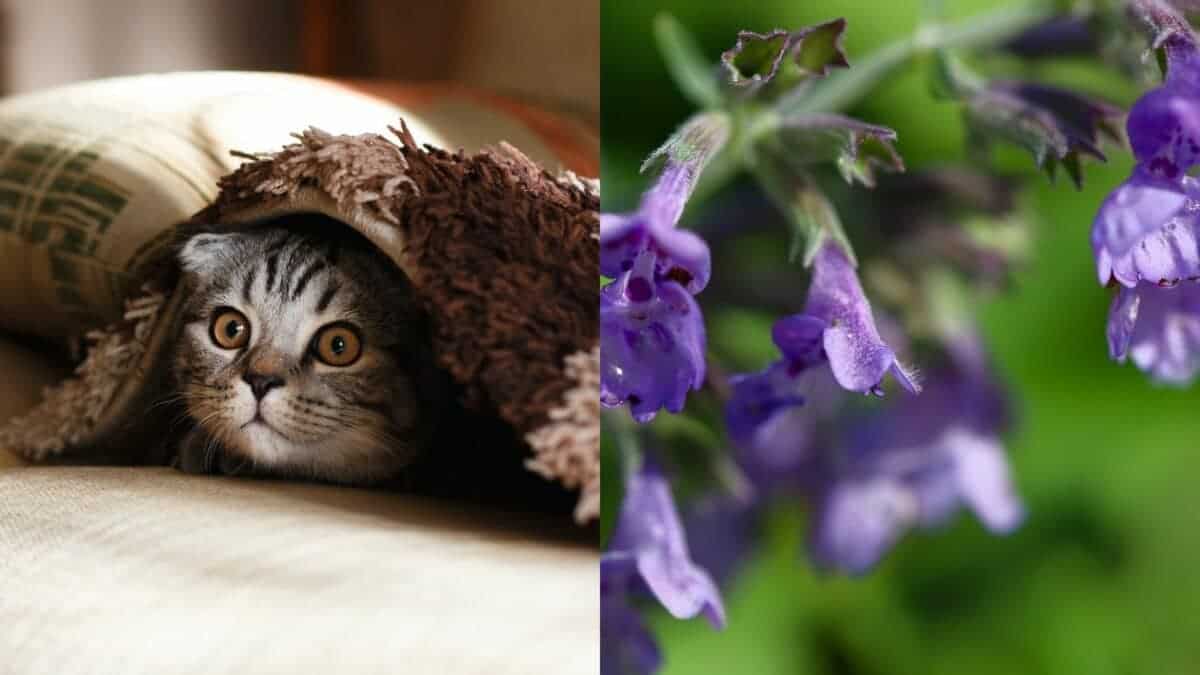
This is probably the first example that comes to mind when you think of animals that enjoy drugs. Cats, both domestic and wild, famously have an affinity for catnip, a plant from the mint family.
Nepetalactone, the active ingredient in catnip, triggers a euphoric response in cats, causing behaviors like rolling, flipping, rubbing, and purring. Allegedly, this reaction mimics feline pheromones, stimulating a kind of “happy” response in their brains.
The relationship between cats and catnip dates back centuries ago, with the first documentation of this behavior occurring in the 15th century in Europe. In the early 20th century we discovered the active ingredient in catnip. Discoveries indicated that this compound mimics the pheromones found in cat urine – explaining their attraction to the plant.
#2 Bighorn Sheep and Lichen
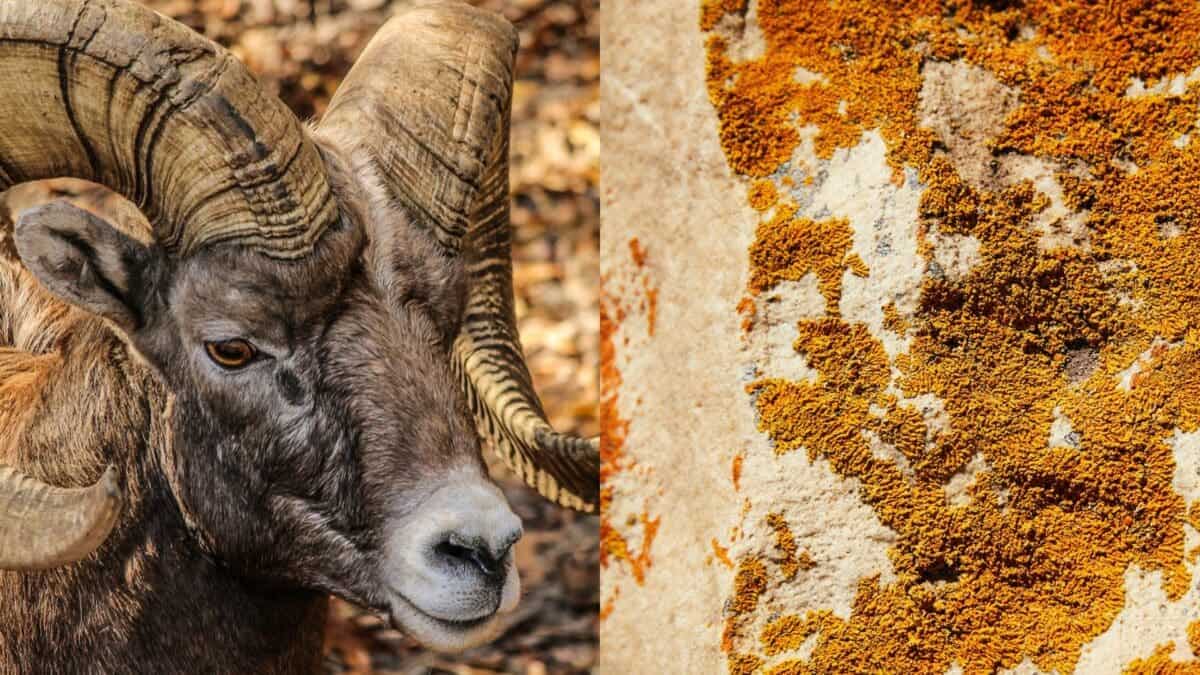
Bighorn Sheep, inhabitants of North American mountains, consume certain lichens. Once they locate a lichen patch, they use their specialized, ridged teeth to scrape off the lichens. Some sheep go as far as in their search for their fix that their teeth become completely worn down.
These lichens contain narcotic compounds that can induce a state of intoxication, leading to erratic behavior. The compounds interact with the sheep’s brain, affecting neurotransmitter activity and inducing this altered state.
#3 Wallabies and Opium
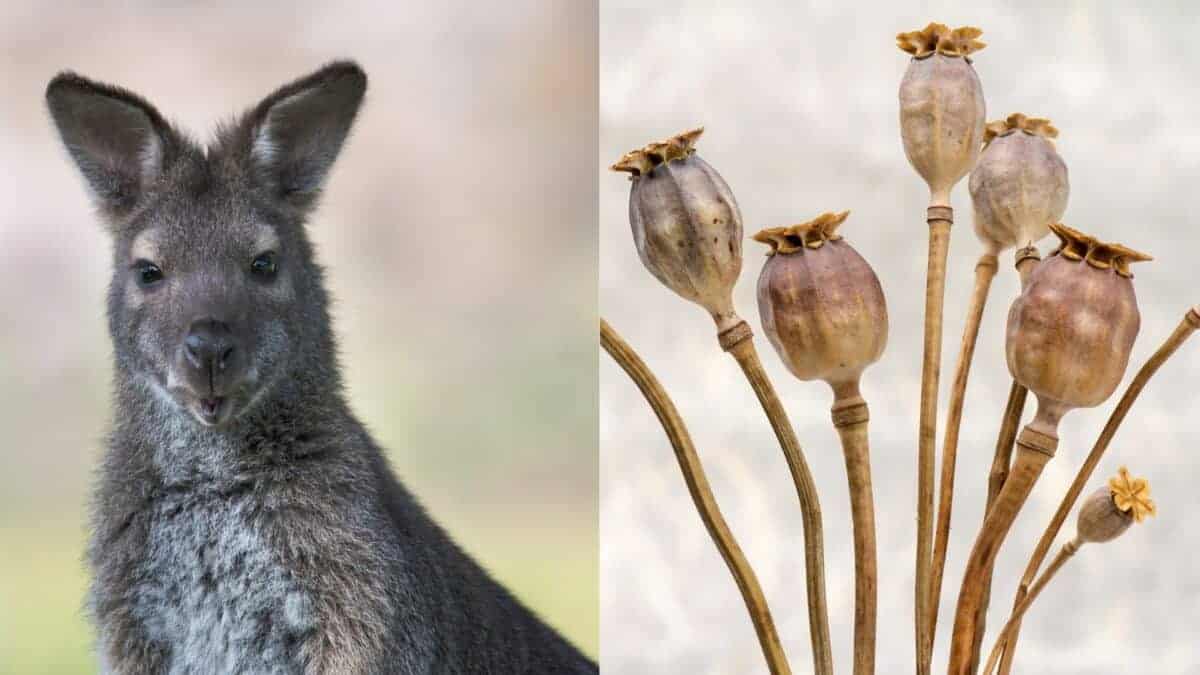
Wallabies are small to medium-sized animals native to Australia that enjoy drugs. In recent years, they have been known to consume opium poppies. The opium poppy contains morphine and codeine, which can induce a state of euphoria and sedation in wallabies. Wallabies under the influence tend to hop around in disoriented patterns, which have come to be referred to as “crop circles.”
It is important to note that the Wallabies’ fondness (and potential addiction) to opium is a direct consequence of human activites. In Tasmania, Australia, they grown huge amounts of opium poppies for the pharmaceutical industry. They were in such a rush to become the biggest poppy-producers in the world and planted acres and acres of poppy fields in the Wallabies’ habitat.
You might also enjoy: Kangaroo rat dodges a rattlesnake.
#4 Vervet Monkeys and Alcohol
Vervet Monkeys, native to East Africa, have developed a taste for alcohol by consuming fermented fruits. Ethanol in these fruits can lead to intoxication, causing the monkeys to exhibit behaviors similar to drunkenness in humans. This is due to alcohol’s depressant effect on the central nervous system.
Interestingly, the vervet monkeys’ consumption of alcohol doesn’t just stop at fermented fruits. On occasion they raid local breweries and bars, seeking out stronger sources of alcohol. This behavior, while intriguing, can lead to conflicts with humans and potential harm to the monkeys.
#5 Elephants and Marula Fruit
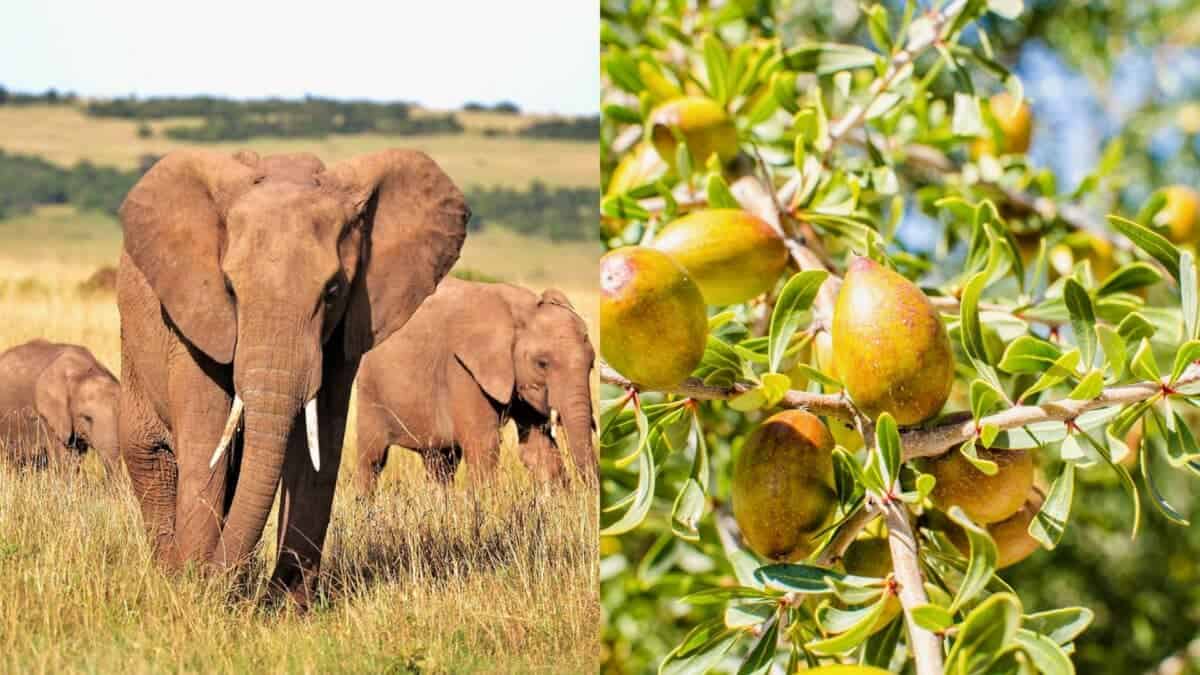
Elephants, the largest land mammals, love to consume the fermented marula fruit, native to Southern Africa. The fruit’s fermentation produces alcohol, which can intoxicate elephants, leading to staggering and unusual behavior.
In their drunken state they resemble drunk humans in many ways. They reportedly exhibit unsteady walking or staggering, elephants may also become more vocal and display increased aggression or playfulness.
However, it’s important to note that this idea of ‘drunken elephants’ remains a topic of debate among scientists. Some argue that an elephant would need to consume an excessive amount of fermented marula fruit to experience intoxication, given their large body size.
#6 Reindeer and Mushrooms
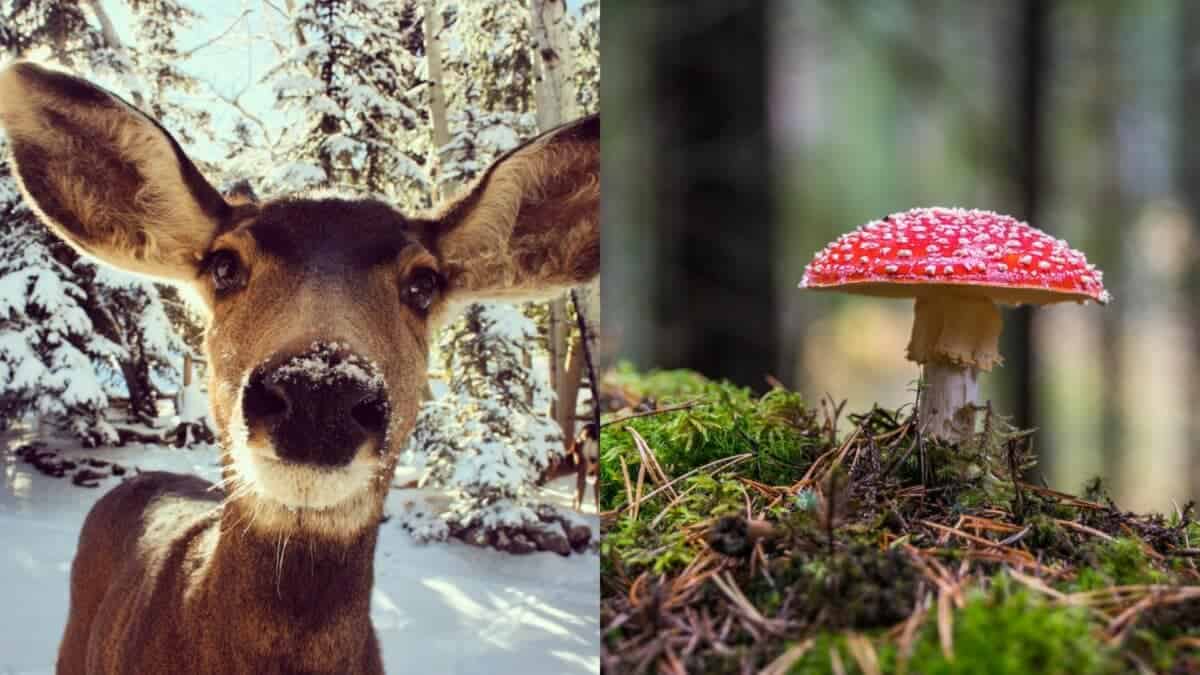
Reindeer, native to the Arctic tundra and Subarctic forests, have a peculiar fondness for Amanita muscaria, a hallucinogenic mushroom. The mushroom contains ibotenic acid, which induces a euphoric state in reindeer. This effect is due to the compound’s ability to stimulate the central nervous system, causing the reindeer to prance and leap in an intoxicated manner.
#7 Jaguars and Ayahuasca Vines
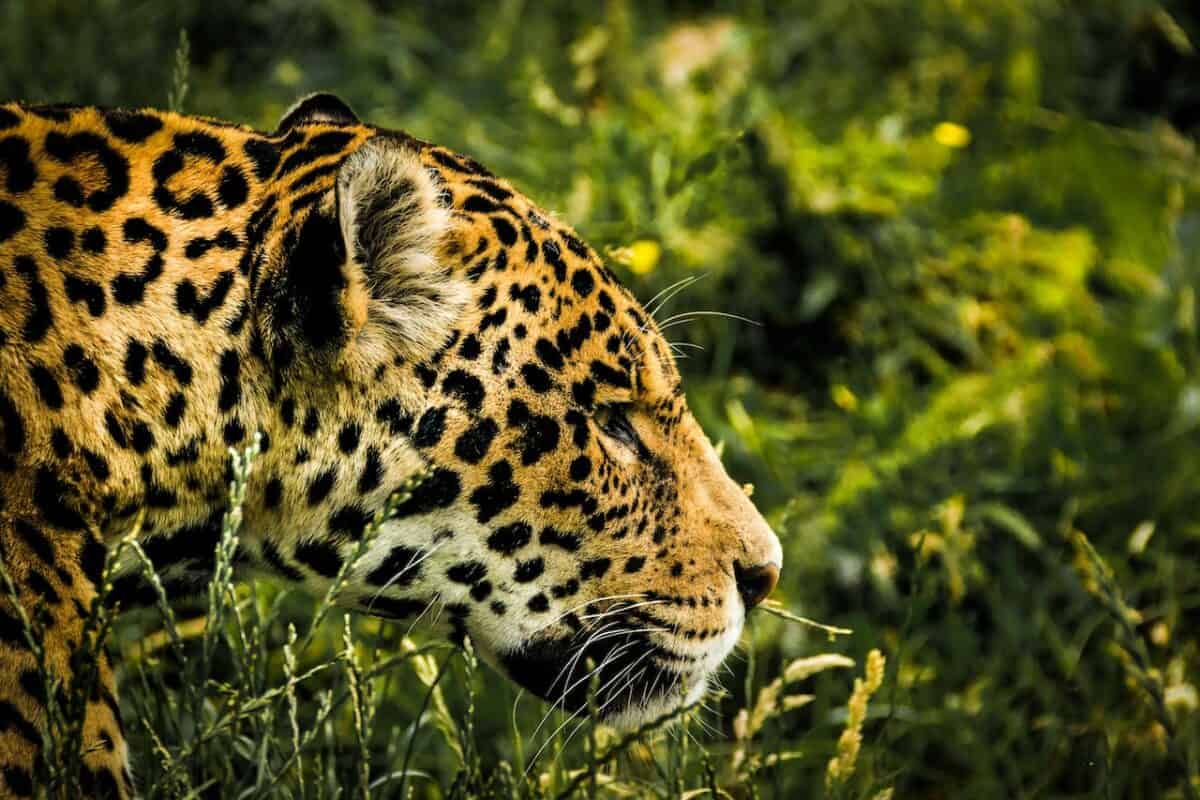
Jaguars, large cats of Central and South America, is another animal that enjoy “drugs” – they consume parts of the ayahuasca vine. This vine contains several psychoactive compounds, including DMT, which can induce hallucinogenic effects. Jaguars consume these vines, possibly for their sensory-enhancing effects, which may aid in hunting.
#8 Cows and Locoweed
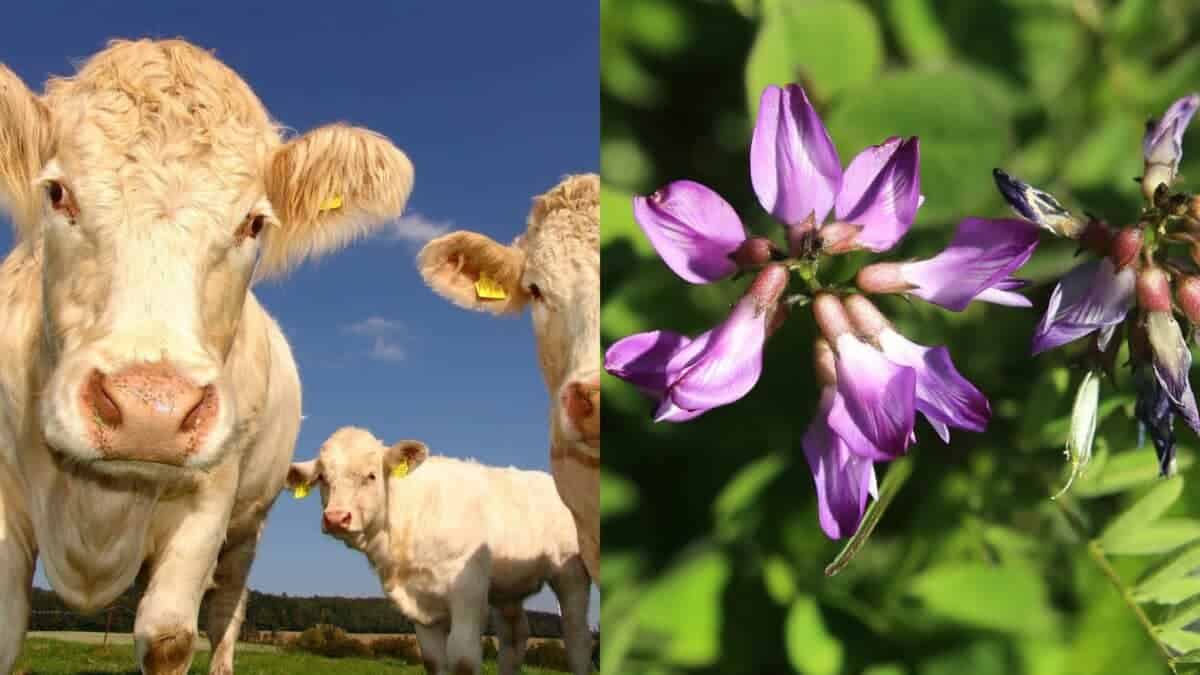
Cows, typically domesticated animals, sometimes consume locoweed, a plant found in North America. Locoweed contains swainsonine, a toxin that can cause erratic behavior and other symptoms in cows. This effect is due to the toxin’s interference with normal cellular functions in the cow’s brain.
#9 Lemurs and Millipedes
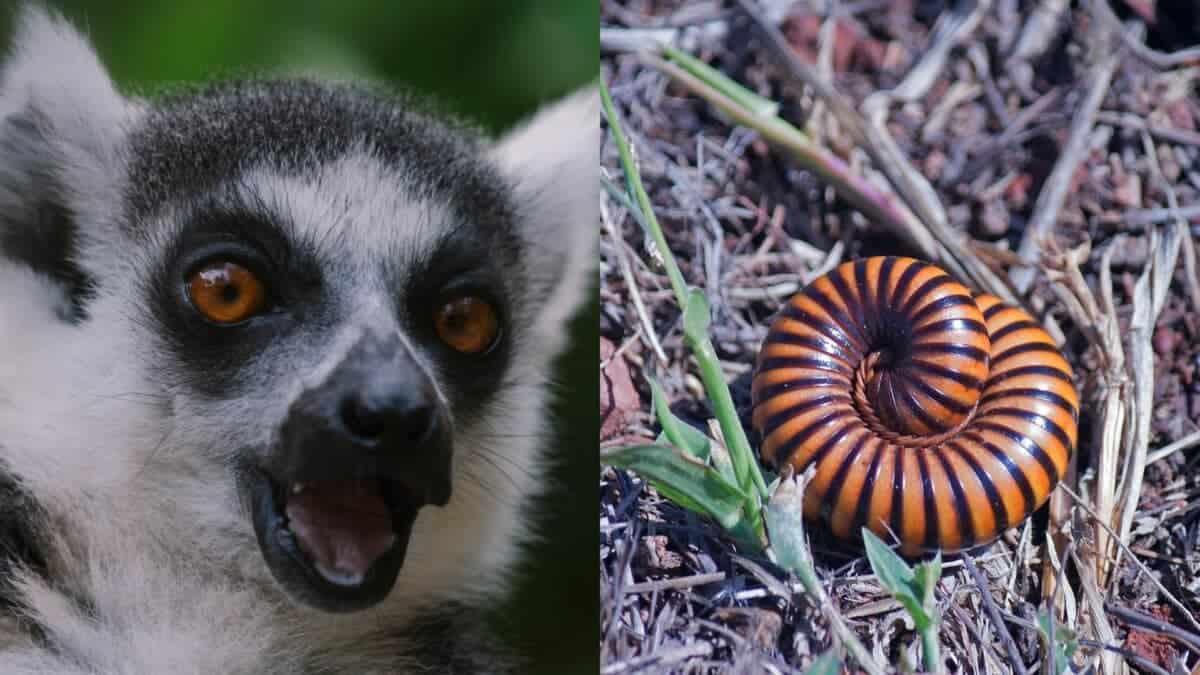
Lemurs, primates native to Madagascar, have a unique interaction with millipedes. They provoke millipedes to release their defensive toxins, which the lemurs then rub on their fur. These toxins contain alkaloids that act as a bug repellent. But it also serves another purpose – the toxinns seem to intoxicate the lemurs, causing them to enter a state of apparent euphoria.
#10 Dolphins and Pufferfish
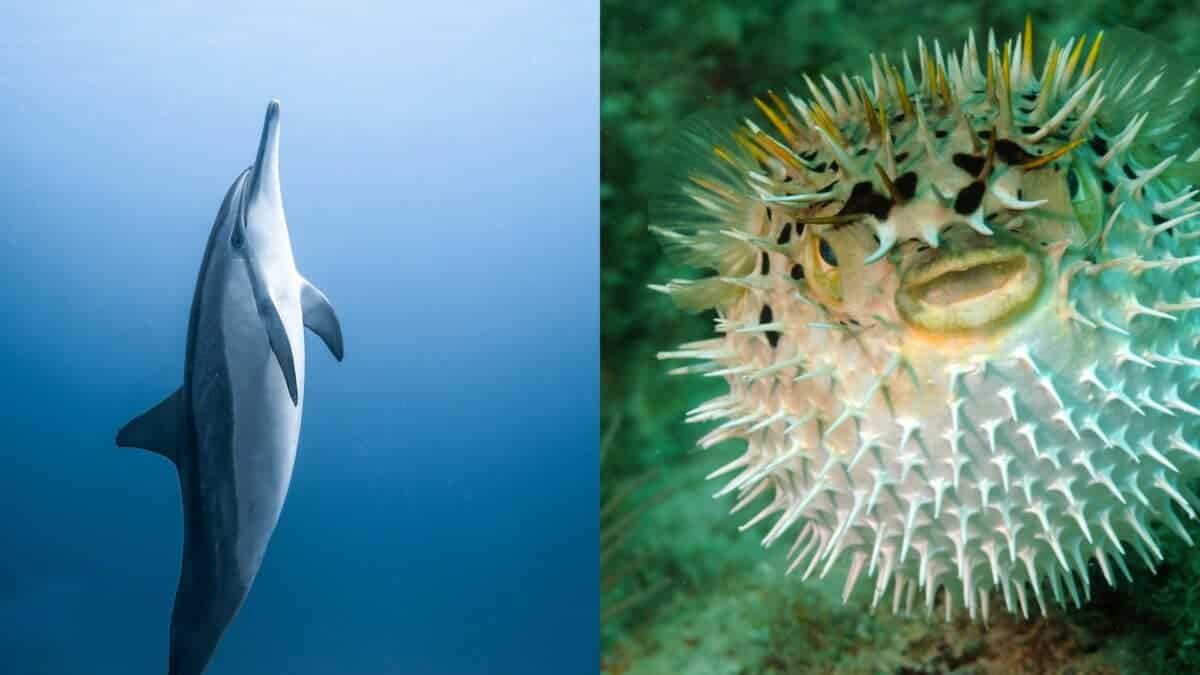
Dolphins, intelligent marine mammals, engage with pufferfish in a somewhat peculiar manner. Pufferfish release a potent neurotoxin called tetrodotoxin when threatened. In small doses, this toxin seems to induce a trance-like state in dolphins, leading to playful and unusual behavior.
This behavior, dubbed as ‘puffing’ on pufferfish, has been captured in several wildlife documentaries. Dolphins in this state tend to exhibit unusual behaviors, such as floating just below the water’s surface, staring at their own reflections, or passing the pufferfish around to other members of their pod.
More marine news: The surging shark incidents in Hurghada.
FAQs
When animals consume alcohol, it can lead to intoxication, causing symptoms like unsteady movement, altered behavior, and in severe cases, depression of the central nervous system. The specific effects can vary widely among different species, but they generally mirror those seen in humans.
While many animals can experience the effects of alcohol, some, like the Malaysian tree shrew, have evolved to metabolize alcohol very efficiently, reducing the intoxicating effects. However, it’s important to note that the ability to get ‘drunk’ varies widely among species and is influenced by factors such as size, diet, and metabolic rate.
Dogs may be attracted to the smell and taste of beer due to its yeast content, as yeast has a strong, appealing aroma to them. However, it’s important to note that alcohol, including beer, is harmful to dogs and should not be given to them.
(Party) Animals That Enjoy Drugs: Wrapping Up
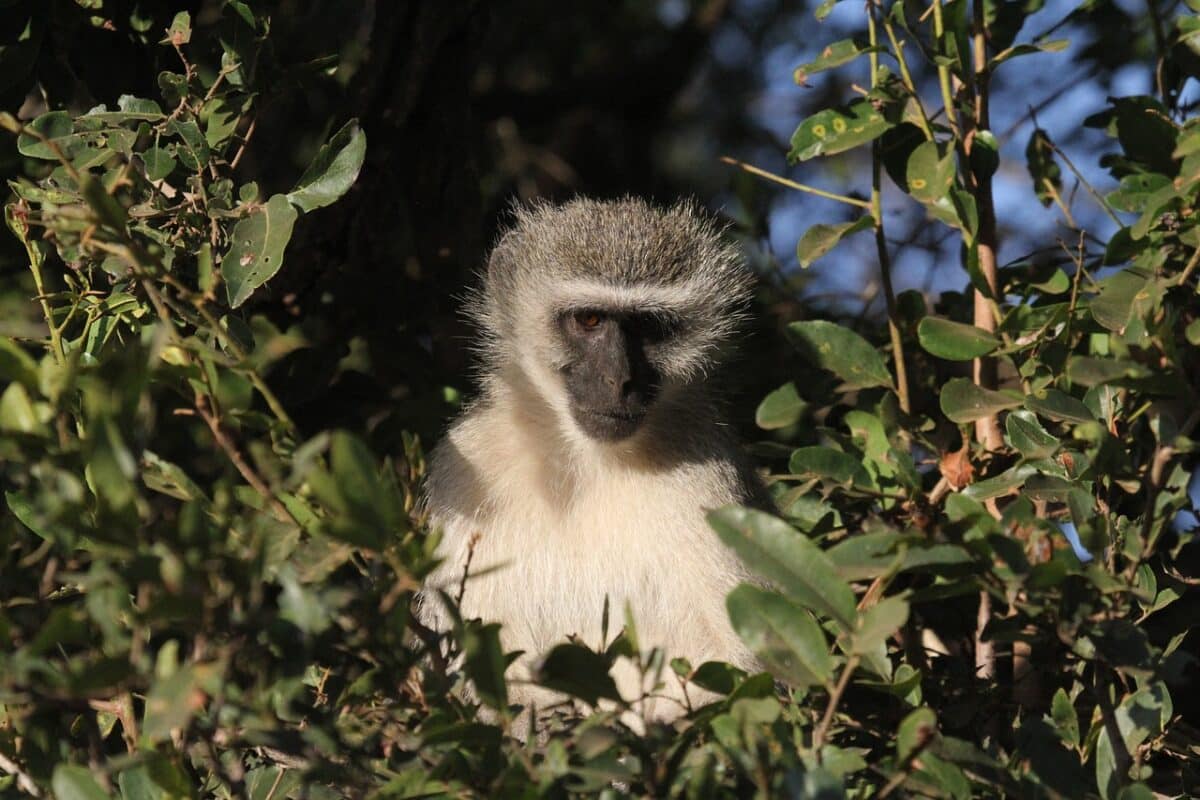
As we conclude our journey through the wild world of ‘party animals,’ it’s clear that the animal kingdom has its own unique ways of letting loose. These intriguing behaviors remind us of the complex and often surprising ways animals interact with their environment.
However, it’s important to remember that these behaviors, while fascinating, are not always without consequences. Some animals, like the wallabies in Tasmania, have found themselves in conflict with human activities due to their taste for opium poppies. Others, like the bighorn sheep, risk physical harm in their pursuit of lichens.
In the end, whether it’s a cat with catnip or a human with a glass of wine, it seems that all creatures seek out ways to enjoy life and let loose every now and then. Here’s to the party animals in all of us!
Thank you for reading this article about animals that enjoy drugs! Keep exploring the odd behaviors of animals and read about a lion pride feasting on a crocodile, remarkable surfing mice, or a horrifying canine incident in Central Park.
Join our Forum for free today!

- Signs Of Coyotes Visiting Your Property - July 23, 2024
- Beware Of The Rabid Wolf Spider In The United States - July 23, 2024
- 12 Flowers & The Beautiful Birds They’ll Attract To Your Yard - July 23, 2024

